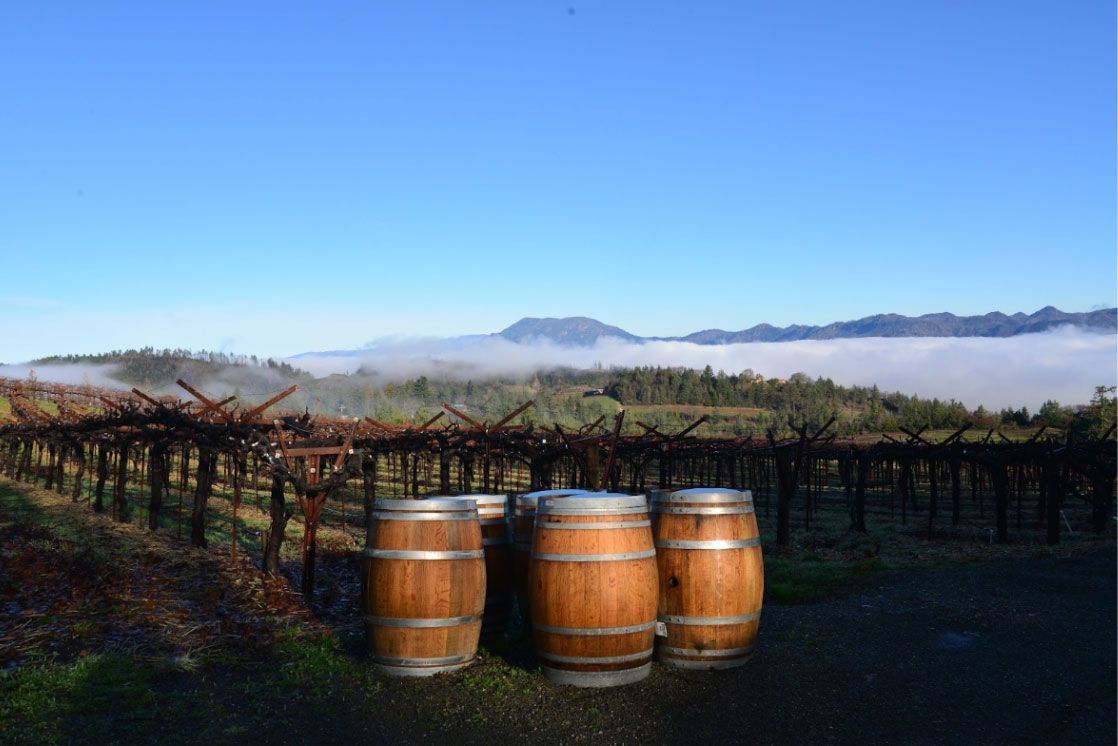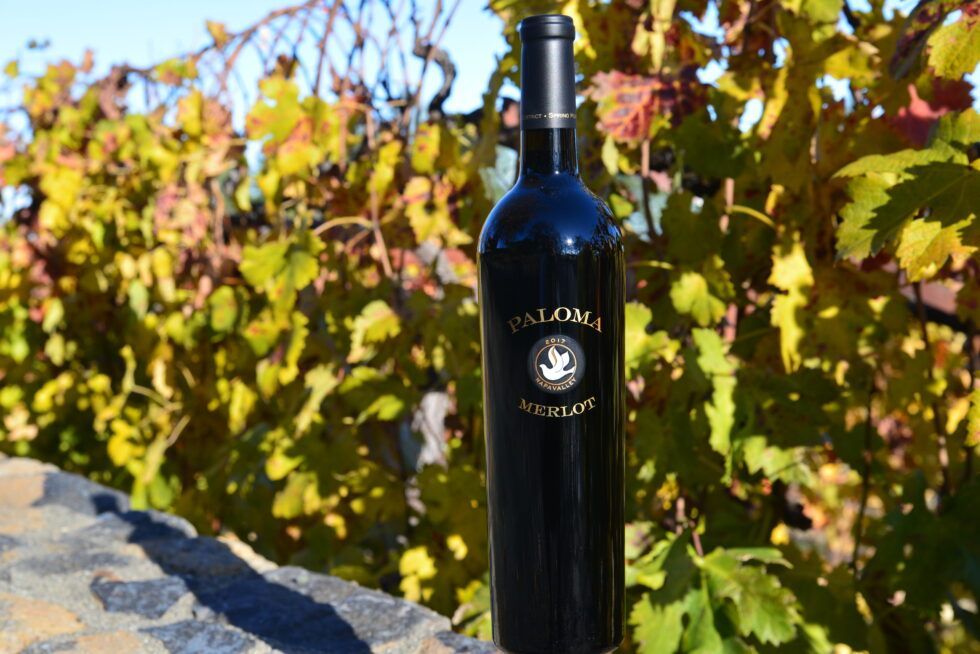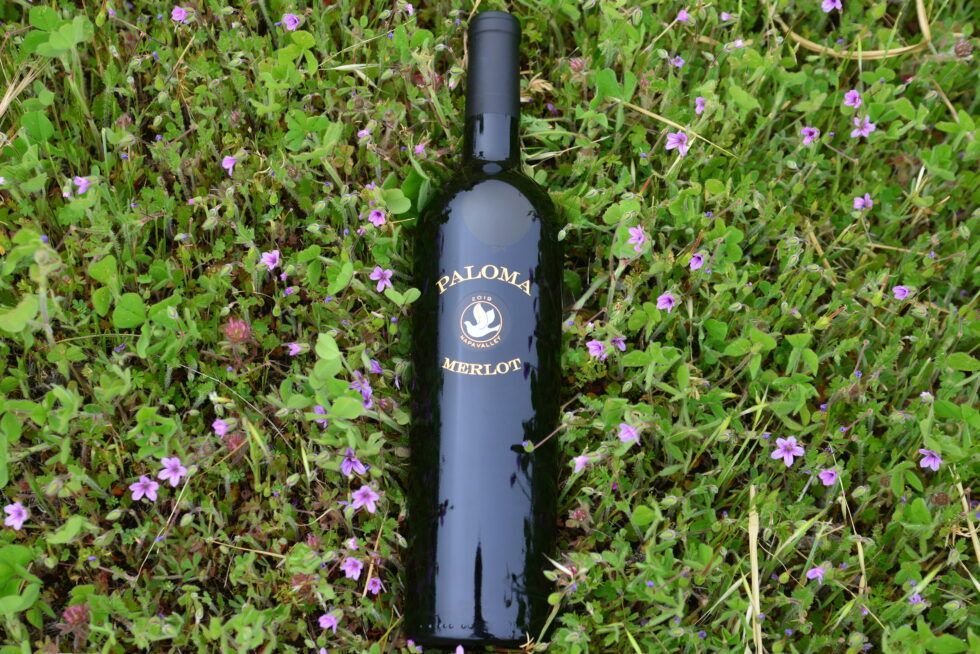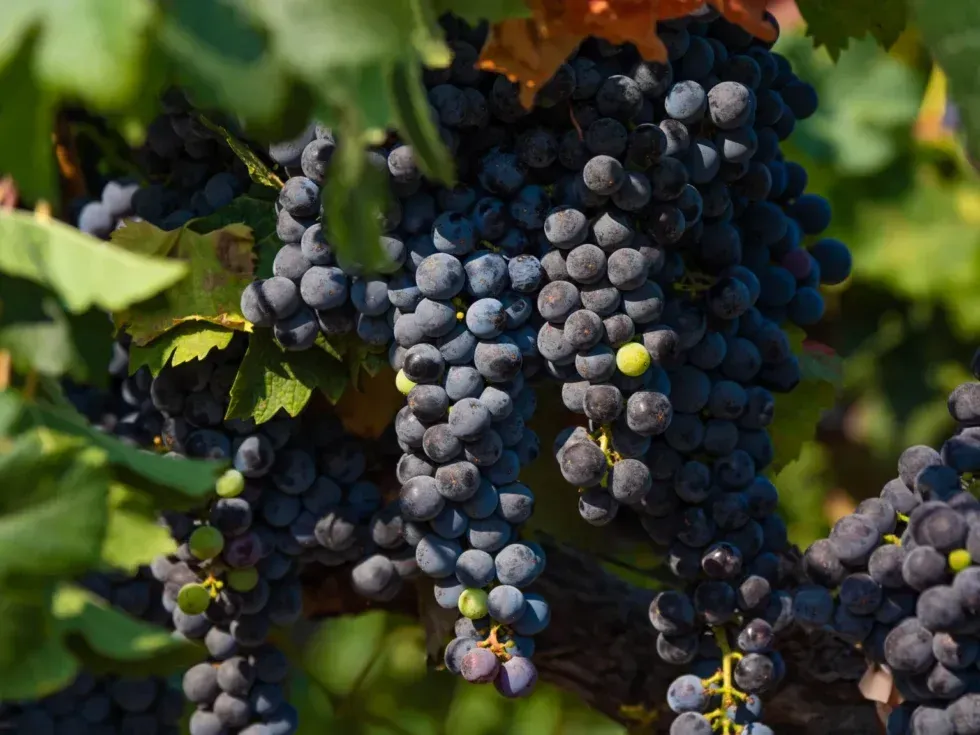The Art of Charcuterie
October 4, 2023
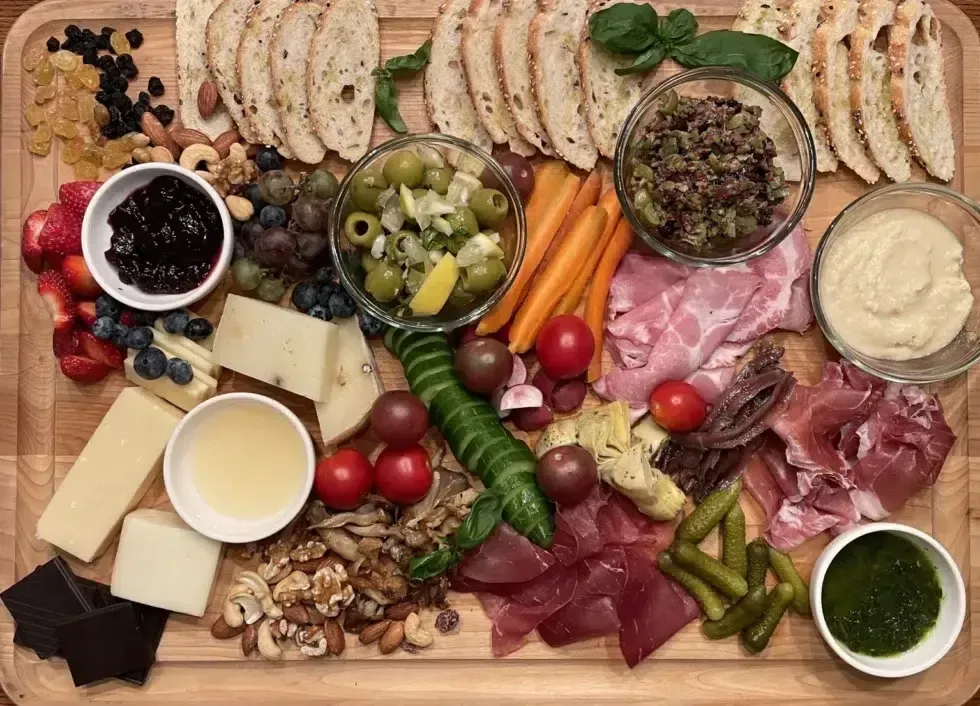
Charcuterie, like wine, is an art. Making it is an art and assembling it is an art. Subtle little adjustments can make a world of difference and the right pairing can make an experience that much more memorable.
We are going to focus on three main ideas: quality of ingredients, balance, and variety of ingredients. If you can check these three boxes, you’ll be well on your way to building a fantastic charcuterie board.
Quality
The idea of this sounds straightforward; the execution is not always that simple. Buy quality ingredients and you’ve got it. But how do you know if what you are buying is good quality? The simple answer is practice.
The more you taste, the better you will get at recognizing quality. Most delis will allow you to sample. And the great ones encourage it. They want you to taste the incredible products they’ve brought in because it will keep you coming back.
And while you are sampling their array of delicacies, ask lots of questions. This is their specialty and they know their products best. What’s popular? What’s obscure? What are their favorites and why? What products might go well together? You will learn far quicker by asking questions than by simply trying to navigate this diverse world on your own.
Lastly, great ingredients extend beyond just the meat and cheese on the board. It’s the vessel you eat with. Crackers, crostinis, pita, etc. It’s the accompaniments you pair your meats and cheeses with. It’s the wine you choose to drink. It’s the whole thing put together. So don’t start thinking that saving a few bucks on those discount crackers is worth it. Quality is quality!
Balance
Once you appreciate the importance of quality ingredients, the key is finding the right ones and putting them all together. Your options truly are endless, so before we dive into them, let’s think about some overarching ideas to help bring balance to your board.
Most of us are familiar with the five taste senses: sweet, sour, bitter, salty, and umami or savory. These are a great starting place. You want to try to have ingredients on your board that capture all of 5 of these. They absolutely should include your meat and cheese selection, but those alone won’t capture all 5, so we look to accompaniments to round out the board.
These accompaniments can be raw, cooked, preserved, smoked, or processed in any way you can think of. They can overlap categories, like sour and salty for example—preserved lemon. Or bitter and sweet—dark chocolate. What you are trying to do is find a variety of ingredients that will pair with each other in unique ways. But not all of them will pair well together individually, so you will need a variety to find unique states of balance.
Balance does not just refer to balance of flavor. It also refers to balance of texture. If everything in your mouth is hard and crunchy, it’s not exactly enjoyable. But if you were to add a subtle crunch to what otherwise might be a soft bite, that crunch can complement it in a way that makes you appreciate the flavors even more.
When it comes to cheese, meat, and all of their accompaniments, it’s important that we have a variety of textures. My general rule of thumb is one soft cheese, one hard cheese, and at least one in between. The same can be said about meats. You can get meats sliced, forced, pulled, or chopped. You can serve them warm or you can serve them cold. Each of these changes will offer a different texture and provide a different experience. This is the first step towards variety.
Variety
Variety is meant in every
sense
of the word. Variety of flavor. Variety of texture. Variety of temperature. Variety of color. The more variety you add, the more depth your board will have. You really can’t go wrong.
Experimenting with strange flavors on a charcuterie board is great for a few reasons: you typically only put out a very small amount, so no big deal if it doesn’t work, and it encourages you to try flavors or combinations of flavors that you might not otherwise try. It can be an incredibly creative experience!
When it comes to your heroes on the board—your meats and cheeses—consider the flavor profile of each item in contrast to each other. Are they bringing something different to the table or more of the same thing? If it’s the same, it’s not exactly adding much in terms of variety, or depth. When it comes to your meats and cheeses, try to think of variety of flavor and variety of texture.
I will put one caveat in the Variety section: sometimes it is fun to compare similar products. For example, you could build a board that focuses on variations of funky cheeses. Or forced meats. Or unpasteurized cheeses. Or raw vegetables—charcuterie can be vegetarian as well. The point is, take all of this with a grain of salt. This is merely meant to give you some different ways to think about how you are approaching it.
Cheat Sheet
Now, I don’t want to just say “throw everything in the kitchen sink at your board” and call it a day. I think that having a starting place is important. So here are some ideas for breaking down the five taste senses and exploring some different flavor profiles that will provide you with a strong foundation for any board.
Note the overlap in some of these categories.
Sweet:
honey, chocolate, dried fruits, fresh fruits, fresh veggies, jellies, jams, chutneys, compotes, preserves
Salty:
crackers, crostinis, preserves (olives, salted fish, veggies, etc.), nuts, spreads & dips
Sour:
pickled veggies (aka preserves: cornichons are classic, but anything pickled is great!), grainy mustard, balsamic glaze
Bitter:
certain greens, some dried fruits, citrus peels (these can be fantastic when preserved), dark chocolate or cocoa, coffee
Umami (“savory”):
salted fish, aged cheese, roasted mushrooms, sun-dried tomatoes, seaweed or kelp, fermented foods like kimchi
Spicy and/or spices:
chutneys, spiced nuts, mustards, preserves, dried fruits and veggies, kimchi, hot sauces, hot peppers
Cheeses:
creamy, hard or firm, tangy, salty, funky, spicy, strong, mild
Meats:
salty, spicy, strong, mild, rich, fatty, sliced, spreadable or forced (pâté, rillette), dried (sausages, jerky), cooked (devilled eggs, smoked meats)
Vessels:
crackers, crostinis, fresh bread (don’t underestimate the importance of the vessel!)
Palette cleansers:
fresh veggies, pickled veggies, simple breads, nuts
Spreads & Dips:
tapenade, pesto, bean dip, hummus, baba ganoush, herb oils, jams, chutneys, compotes
Color:
Don't forget, we eat with our eyes first.
Building your Board
This part also takes some practice to do well, but, ultimately, as long as all the ingredients are there, you can’t go wrong. I like to try to think about placing taste senses together. Sour items with sour items, sweet items with sweet items. But they are not isolated bubbles. They are more like obscure shapes on the board dragging into each other. They intertwine and overlap, but there is still this sense of order at the same time. Remember, it’s art. Have fun with it.
Be sure to check out
for ideas and homemade accompaniment recipes!
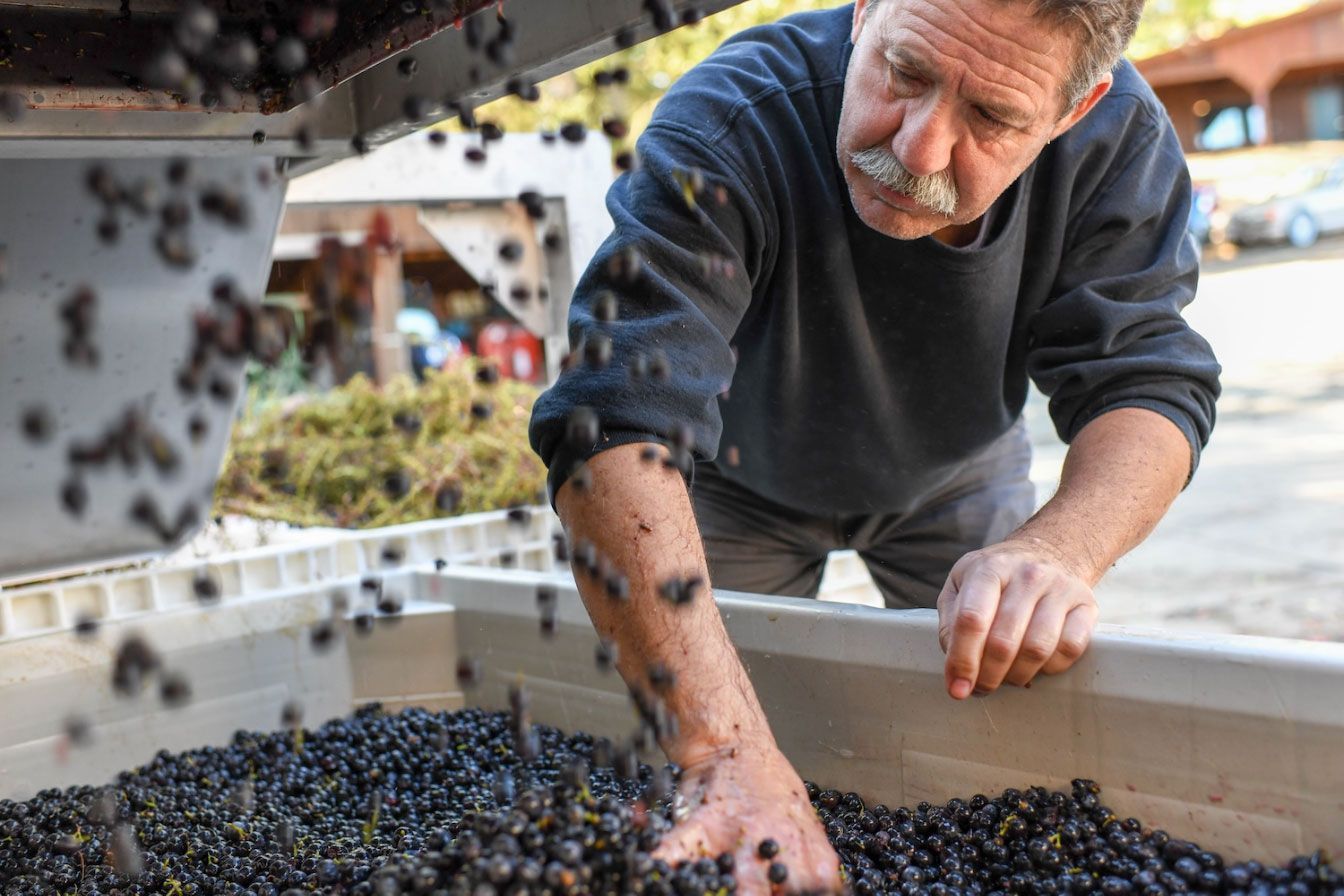
By caston
•
August 18, 2025
At Paloma, Merlot is the soul of our story. It is the grape that founders Jim & Barbara fell in love with on their journey to Spring Mountain. Picture this: it’s the late 1970s, and Barbara and Jim are visiting the Duckhorn vineyard, tasting their famed Three Palms Merlot. They lean into a sip and feel stirred—not just by the wine’s richness, but by its quiet elegance. That moment sparked something. They looked at each other and thought, “This is the wine we want to make. These are grapes we have to grow.” Before they even found the site, they had their hearts set on Merlot. By the time they found the raw land at the top of Spring Mountain, there was no changing their minds. Back then, planting Merlot at that elevation was almost unheard of—too cool, too risky. But they trusted their instincts and took the leap.
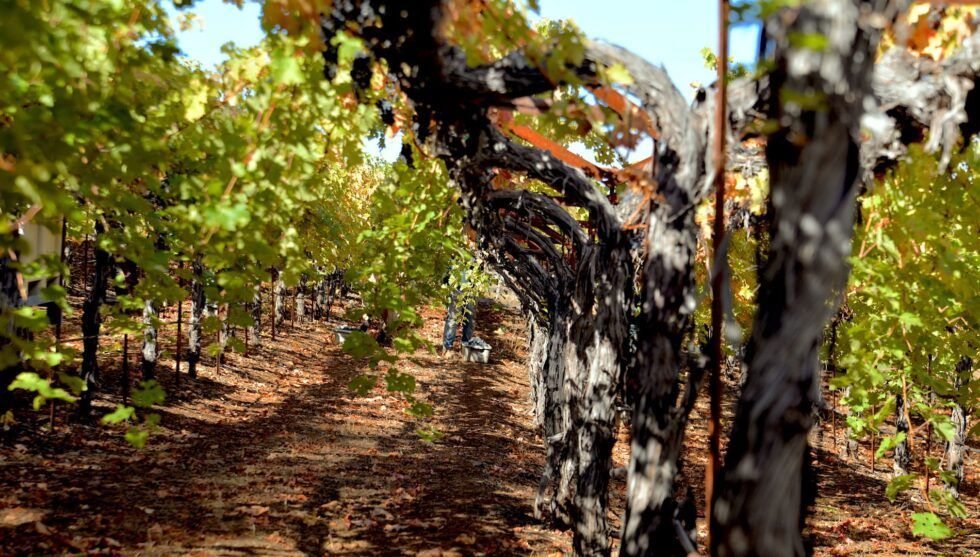
By WSI
•
March 26, 2025
At Paloma Vineyard, sustainability is more than just a practice—it’s the foundation of everything we do. Nestled on Napa Valley’s Spring Mountain, our small, family-run vineyard has been embracing sustainable and regenerative farming for over four decades. Every choice we make, from cover cropping to solar power, reflects our deep respect for the land and our commitment to producing exceptional wines that honor both our family legacy and the environment.
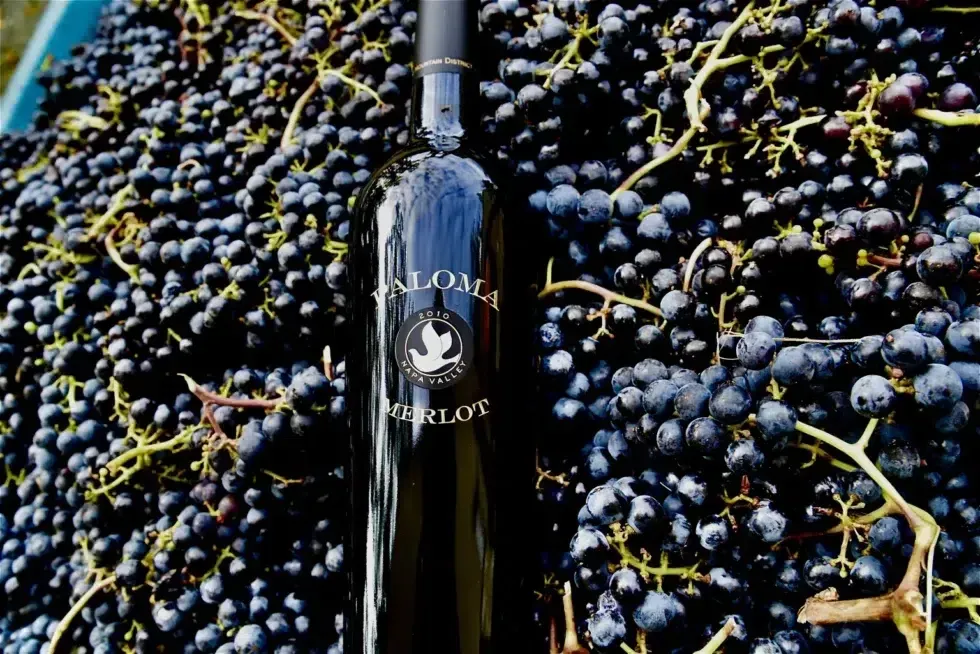
By WSI
•
March 6, 2025
Merlot has captivated wine enthusiasts for over two centuries with its smooth texture, rich flavors, and remarkable versatility. As one of the most widely planted grape varietals in the world, Merlot holds a prominent place on dinner tables and in wine cellars from Bordeaux to Napa Valley. But what makes Merlot so special? The answer lies in the grape’s adaptability, the care that goes into its cultivation, and the sense of place reflected in every bottle.
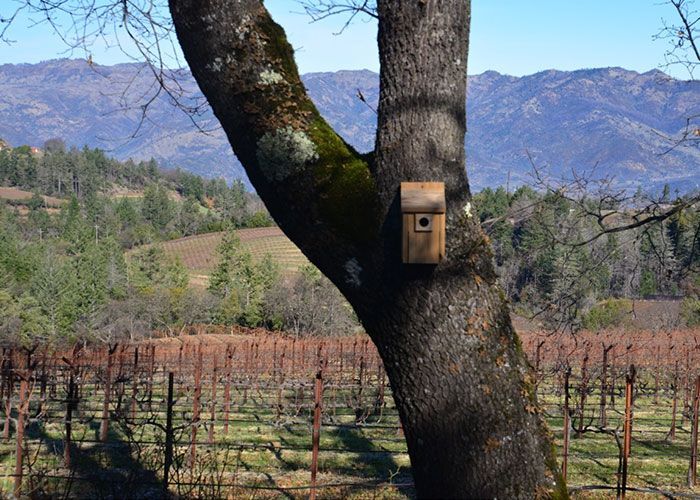
By taste_2420_views_enjoy
•
December 31, 2024
At our sustainable winery and vineyard , every choice we make reflects our commitment to preserving the environment and crafting exceptional wines. From innovative trellising systems to thoughtful vineyard management, we strive to balance nature’s needs with our vision for creating wines that tell a story in every sip.

